
Throughout history, animals have been instrumental in the construction of political narratives globally. From strength and resilience to national identity symbols, animals transcend cultural borders and reflect deep-rooted societal values. Some of these symbols bring communities together, and some foster debate and division. However, there is a global context, and this article aims to provide a map of animal symbolism in politics, revealing both more familiar and more obscure examples.
1. The Elephant: Power in Republican Politics
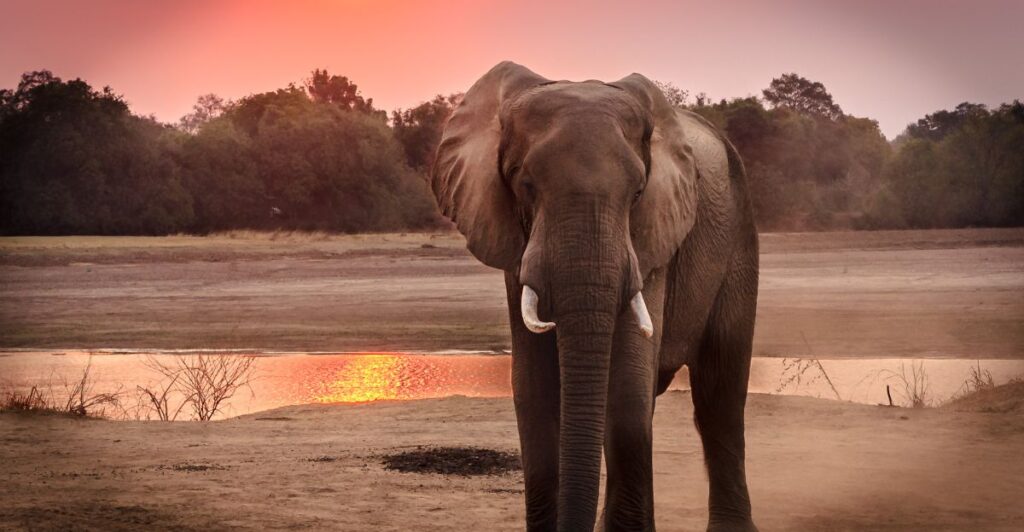
The elephant has long been the symbol of the Republican Party in the United States, a tradition that dates back to Thomas Nast’s 1874 political cartoons. Originally intended to be satire, it started off as a one-off and became a powerful, potent symbol — the elephant became an icon of resilience and strength, a representation of the party’s commitment to stability and conservative values.
2. The Donkey: Democratic Determination
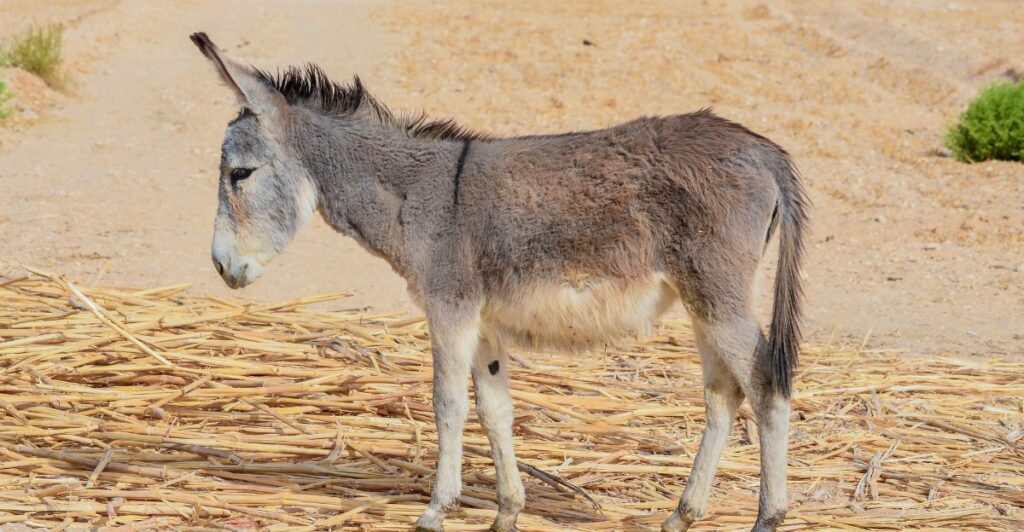
The Democratic Party’s symbol, the donkey, dates back to Andrew Jackson’s 1828 presidential campaign when opponents derisively called him a “jackass.” Instead of rejecting the label, Jackson embraced it, eventually making the donkey a symbol of the fierce determination and persevering spirit of the Democratic Party even today.
3. Cows: The Sacred and The Political in India

In India, cows are a vital part of religion, and they are highly revered in Hinduism, where cows are worshiped. Yet they are often utilized symbolically in politics, which triggers controversies, especially in discussions of cow protection laws and issues of religious tensions. The cow has become a political flash point, representing deeper cultural and ideological divisions within the country.
4. Lions: Icons of England’s Strength and Leadership
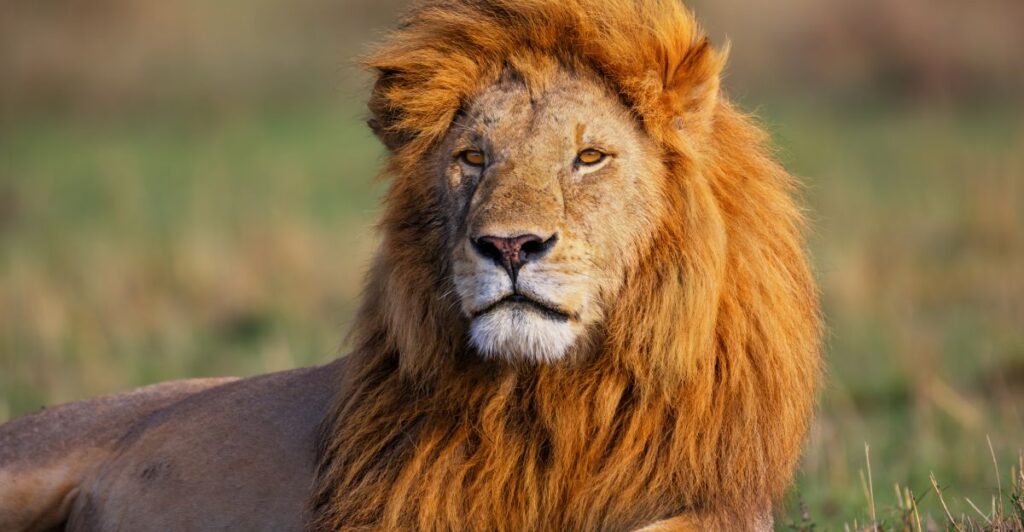
Lions have historically represented strength and bravery, especially in England , where they appear in royal coats of arms. Lions have also been employed in political discourse beyond monarchy to criticize leadership — such as the phrase “lions led by donkeys,” which arose during World War I to condemn military incompetence. There are also three lions on the shirts of the English football team, which relate back to medieval times and, indeed, to King Henry I, who first adopted a single lion on his arms. This was made official with the coronation of Richard the Lionheart, who, as king of England, adopted three lions passant guardant in his royal arms and whose image is now inseparable from English sovereignty and bravery.
5. Bears: The National Emblem of Russia
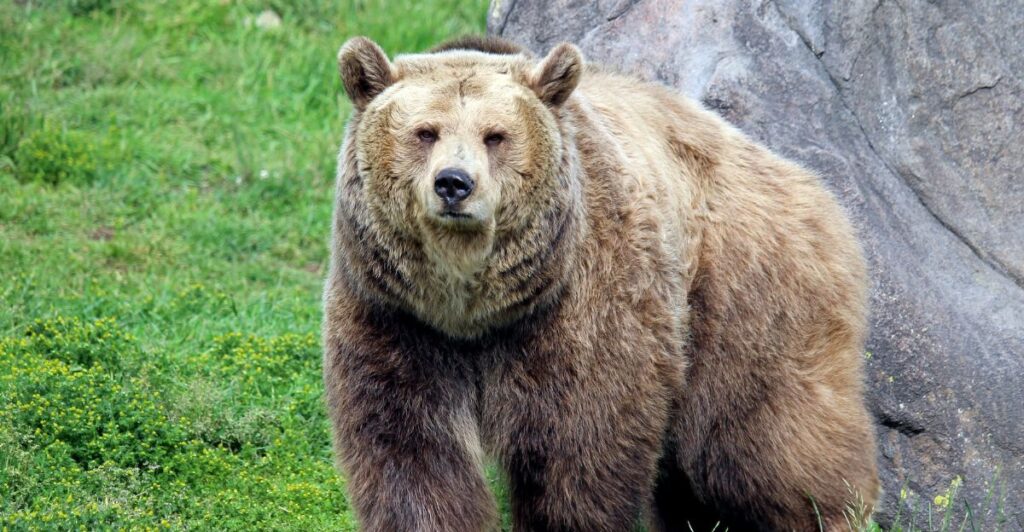
The bear is a powerful symbol in Russia, deeply rooted in folklore and history. It stands for resilience, strength, and national identity. Russian leaders have often embraced the bear in political imagery, bolstering the perception of Russia as a formidable force on the global stage.
6. Tigers: The Power of Asian Politics
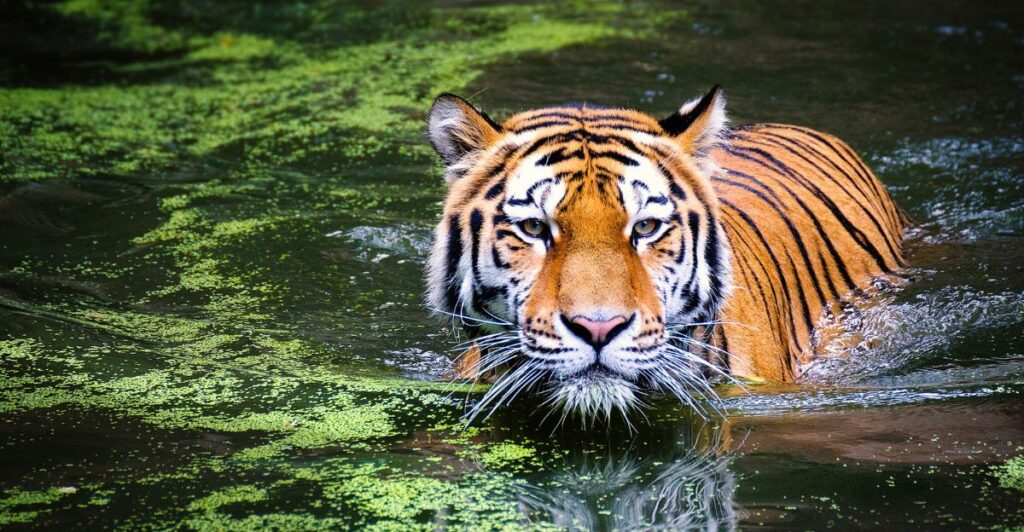
Tigers represent strength and authority in multiple Asian cultures, especially in South Korea and China. The tiger is also a politically charged symbol, often regarded as an emblem of powerful leadership and economic ascendance. In some cases, they have been used to incite nationalist sentiments or assert dominance in political campaigns.
7. Eagles: Emblems of Freedom
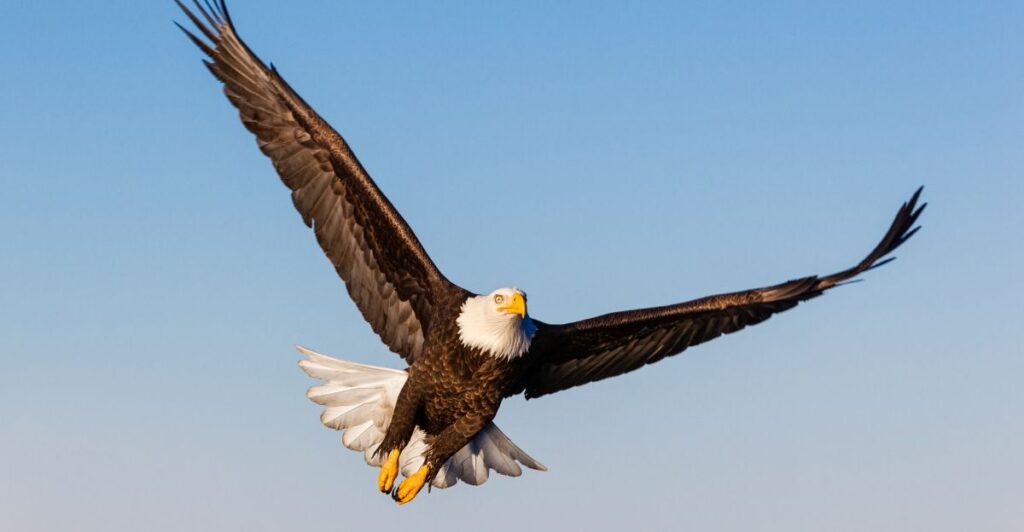
Eagles symbolize freedom and sovereignty in many countries. The golden eagle is featured prominently in Mexico’s national emblem, while Germany displays a black eagle with a red beak on their coat of arms. The bald eagle is an iconic symbol of the United States, conveying themes of liberty and independence.
8. Snakes: A Political Symbol of Duality

Snakes are complex political symbols, in their way representing both deception and renewal. They are seen as wise and transformative in some cultures but treacherous and dangerous in others. In political contexts, snakes often serve as a critique of an opponent or represent something or someone dangerous in disguise.
9. Wolves: The Debate Between Conservation and Control

Wolves lie at the center of many environmental controversies, evoking both wild beauty and potential threats to livestock. In political debates, they represent the battle between conservation and economic interests, highlighting the tensions between human development and wildlife protection.
The Role of Animals in Political Propaganda

Beyond their symbolic meanings, animals also played crucial roles in political propaganda. Animal imagery has been harnessed by governments and political movements to stir emotional responses to rally support and shape public opinion. These symbols, too, are powerful tools for messaging, shaping national narratives, and influencing voter behavior.
Contrarian Views on Animal Symbolism

Some argue that while animal symbols make sense locally based on cultural familiarity, they do not have a global relevance. However, many animals have universal meanings — like the eagle as a symbol of freedom — which allows them to transcend national boundaries and influence international political discourse.
Understanding Animal Symbolism Around the World
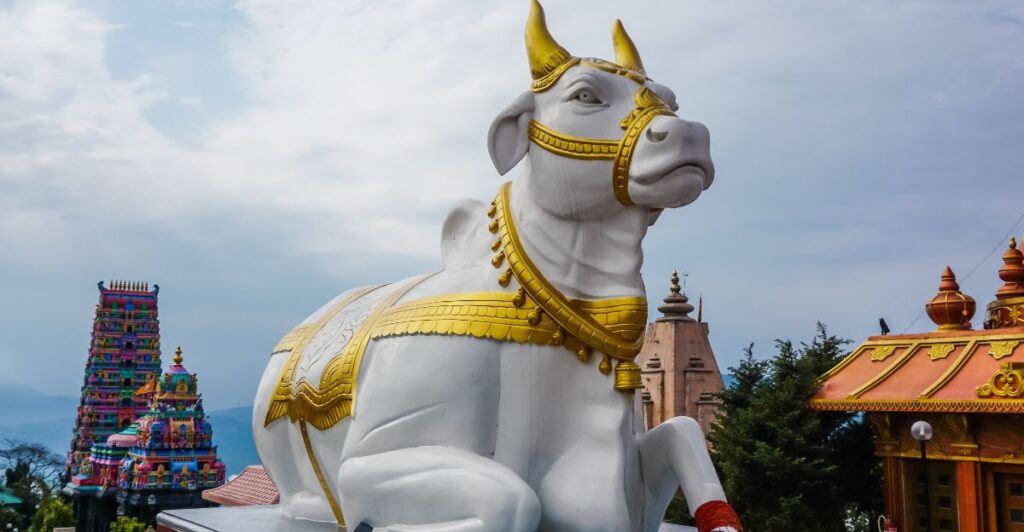
To appreciate the effects of animal images in politics , it is necessary to consider both local contexts and broader universal themes. An animal can have several meanings in various cultures; hence, it is very important to analyze these signs according to their historical and cultural contexts. Exploring unconventional perspectives and unexpected combinations enriches one’s understanding of these powerful emblems.
Discover more of our trending stories and follow us to keep them appearing in your feed

Philanthropist Promises To Cover $771.23M Annually After US Exit From Climate Accords
Cows or Wolves? How the Wolf Reintroduction Pissed Off Colorado Farmers
California Is Breaking Apart: A Fault Line Is Forming Faster Than Anyone Predicted
Scientists Are Bringing Back The Wooly Mammoth
References:
Reference 1
Reference 2
Reference 3
This article first appeared here
Stay connected with us for more stories like this! Follow us to get the latest updates or hit the Follow button at the top of this article, and let us know what you think by leaving your feedback below. We’d love to hear from you!







